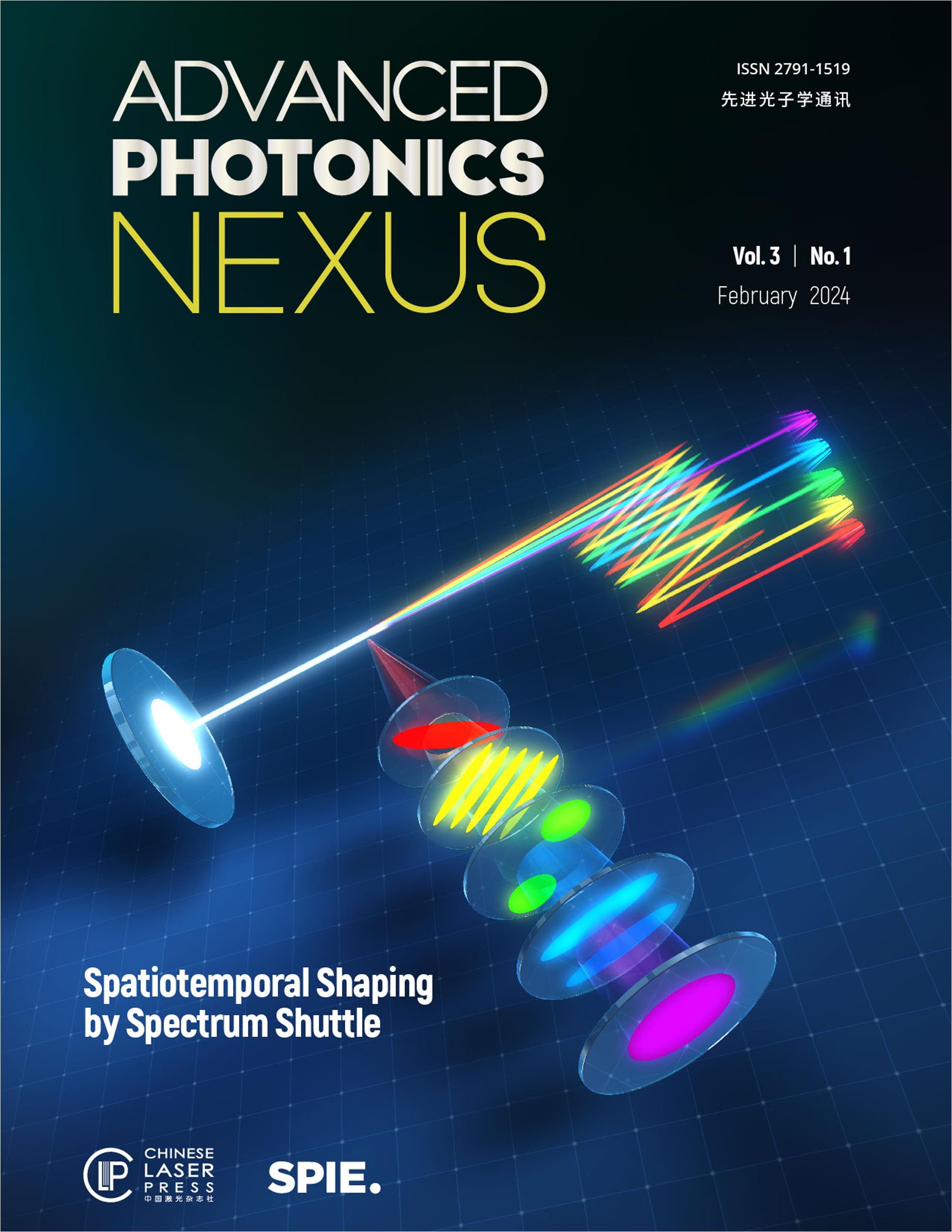 Ultrashort pulse trains are pivotal in various applications, including laser ablation, ultrafast imaging, and acoustic wave generation. Extending their time intervals to subnanoseconds or longer has recently attracted considerable attention. It is crucial for advancing processing techniques through ablation cooling and deepening understanding of ultrafast phenomena through extended time windows in imaging. Additionally, the individual spatial modulation of each pulse promises pulse-by-pulse optimization in laser processing and probing. However, existing fiber-based and mirror-based pulse stretching methods face difficulties in producing nanosecond pulse trains due to significant optical losses and undesired spatial dispersion; moreover, these methods lack the ability to precisely control the optical parameters of each ultrashort pulse in both time and space.
Ultrashort pulse trains are pivotal in various applications, including laser ablation, ultrafast imaging, and acoustic wave generation. Extending their time intervals to subnanoseconds or longer has recently attracted considerable attention. It is crucial for advancing processing techniques through ablation cooling and deepening understanding of ultrafast phenomena through extended time windows in imaging. Additionally, the individual spatial modulation of each pulse promises pulse-by-pulse optimization in laser processing and probing. However, existing fiber-based and mirror-based pulse stretching methods face difficulties in producing nanosecond pulse trains due to significant optical losses and undesired spatial dispersion; moreover, these methods lack the ability to precisely control the optical parameters of each ultrashort pulse in both time and space.
Advanced Photonics Nexus, Volume. 3, Issue 1, 019901(2024)
About the cover: Advanced Photonics Nexus Volume 3, Issue 1
The article provides information about the image on the cover of Advanced Photonics Nexus, Volume 3, Issue 1.
The image on the cover of Advanced Photonics NexusVolume 3 Issue 1 illustrates the “spectrum shuttle,” a groundbreaking method for generating pulse trains with subnanosecond to nanosecond intervals and individually shapable spatial profiles. This method enables unprecedented spatiotemporal shaping of ultrashort pulses in free space, offering flexible manipulation of each spectral component. The image is based on original research presented in the article “Spectrum shuttle for producing spatially shapable GHz burst pulses” by Keitaro Shimada, Ayumu Ishijima, Takao Saiki, Ichiro Sakuma, Yuki Inada, and Keiichi Nakagawa (doi 10.1117/1.APN.3.1.016002).
Get Citation
Copy Citation Text
, "About the cover: Advanced Photonics Nexus Volume 3, Issue 1," Adv. Photon. Nexus 3, 019901 (2024)
Category: About the Cover
Received: --
Accepted: --
Published Online: Feb. 18, 2024
The Author Email:







